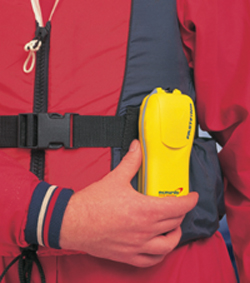I find it strange that they would make a legal way to enter controlled airspace IFR and not a way to depart one. I would think PIC would have authority to exit controlled airspace any time he desired provided he could do so without causing a traffic conflict on his way out. I am still PIC in command of the flight, not ATC, why should they have to accept that liability? Under commercial ops I can see it being restricted without a doubt, but part 91 the way I was taught it was PIC authority. Of course these were guys shooting approaches into their own ranches...

Funny how much different you view things between rural and urban. Urbanites expect order and rural expect freedom of choice as the default.


 Wanna read story on what NOT to do....
Wanna read story on what NOT to do....
